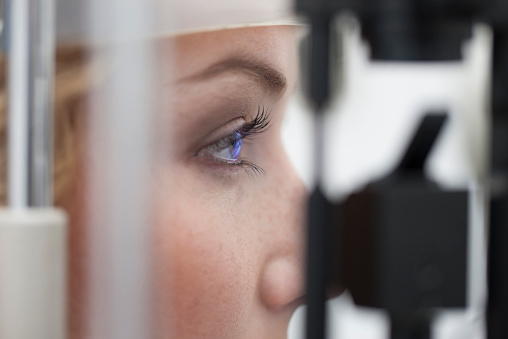Although Retinitis Pigmentosa (RP) and Age-Related Macular Degeneration (AMD) have very different origins, both diseases are characterized by degeneration of the photoreceptor cells of the retina. There is currently no cure for either condition.
AMD is a degenerative disorder driven by genetic and environmental factors. The disease specifically affects the macula, i.e. the central retina, sparing the peripheral retina. Thus, peripheral visual field is usually preserved even in the late stages of the disease. But while the retention of peripheral vision allows the patient to maintain some degree of autonomy, the loss of central vision has a significant impact on day-to-day activities such as reading, facial recognition and tasks requiring attention to intricate details.
Macular degeneration typically occurs in patients over 55. The early form of AMD is called dry-AMD and can evolve over time to late AMD. Late AMD can take two forms, either wet-AMD or Geographic Atrophy (GA). Approximately 15 million people are affected with AMD in the United States, with a global prevalence of 170 million. Late-stage AMD patients represent only a fraction of this population, and in turn a fraction of these are patients suffering from GA. The effect of age on GA is significant, as its prevalence increases significantly in those older than 75, reaching 22% in the population over 90
